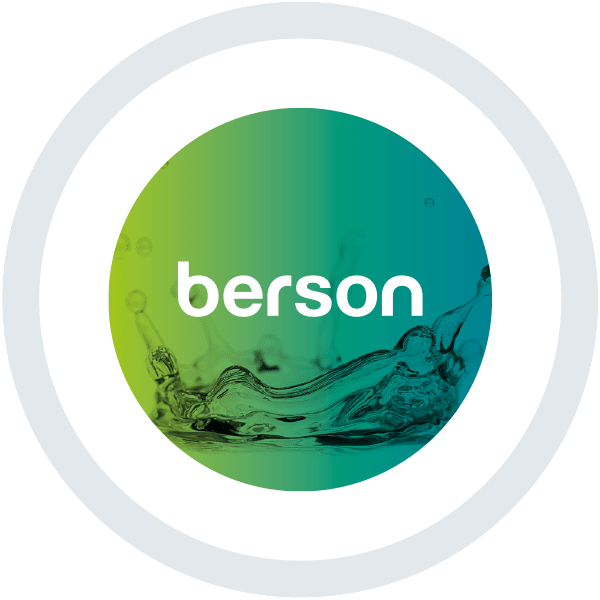UV Dechlorination – Chemical-free, Compact, Minimal Maintenance and lower lifetime costs

Medium pressure UV lamp technology– A must for Dechlorination.
Our Medium pressure UV lamp technology delivers guaranteed high UV dose for effective dechlorination and enhanced disinfection, perfect for many industrial applications including purified water production in Pharmaceuticals, beer and soft drinks sectors In addition, UV dechlorination protects RO membranes and ion-exchange technologies from residual chlorine and risk of bio-fouling.
MP lamps are much better suited to Dechlorination than Amalgam lamps as the wavelengths produced match the response curves for HOCL and OCL chemical species. The energy density required also makes MP lamp technology the best fit for this application.

Protecting Water Treatment Technologies
Our UV Dechlorination systems provide a clean, efficient alternative to other Dechlorination methods for the protection of the key water treatment technologies such as Reverse Osmosis and Deionisation. Hygienic applications such as Pharmaceutical, Cosmetics and Beverage manufacturing desire clean water treatment technologies which have minimal bacteria build-up, low frequency of system down-time and optimised running costs.
Our UV dechlorination systems reduce free and total chlorine in process lines to levels below the requirement for RO and DI / EDI.
FOR MORE INFORMATIONTechnology Comparison
| High Dose UV System | Activated Carbon Filter | Sodium Metabisulphite | |
| Dechlorination Effectiveness | Good | Good | Good |
| Bacterial Contamination | Zero – High dose UV kills micro-organisms | High Risk – high surface area nutrient source | Possible growth of sulphur metabolizing bacteria |
| Chemical Addition | Zero – Chemical-Free | Zero – Chemical-Free | Yes – increases load on downstream technologies |
| Water Consumption | Zero | High – Frequent backwashing and Sanitisation | Low – Chemical tank make-up, CIP |
| Impact on RO membranes | Zero – Bio-fouling significantly reduced | High – Significant bio-fouling, increases particulate loading | Medium – increased chemical loading |
| Continuous Operation | Yes | Weekly down-time for back-washing, frequent SIP | Yes – as long as chemical tank is replenished |
| Maintenance Impact | Low – Infrequent lamp replacement | 6 monthly media replacement | Daily checks on chemical levels |
| Footprint | Low | High | Medium |
The Best, Cleanest Dechlorination Technology
Our UV dechlorination provides distinct advantages over traditional technologies such as Activated Carbon bed filtration (AC) and Sodium Bisulphite dosing (SBS) which are proven chlorine removal technologies however are prone to potential microbial contamination and require significantly more operator involvement and plant-room space leading to higher lifetime costs.
Why Choose UV…
- AC provides a breeding ground for bacteria and requires regular heat or chemical sanitisation to maintain microbial control.
- AC needs media replacement, incurring significant cost.
- SBS requires regular chemical handling and introduces a higher loading onto the downstream RO membranes
- Both AC and SBS have a significant footprint occupying valuable factory space, which may be particularly important for skid mounted equipment.
Our Medium pressure UV lamp technology delivers guaranteed high UV dose for effective dechlorination and enhanced disinfection, perfect for many industrial applications including beer and soft drinks production. In addition, UV dechlorination protects RO membranes and ion-exchange technologies from residual chlorine and risk of bio-fouling.

Our UV technology with its unique combination of chlorine destruction and disinfection, provides a very attractive alternative to AC and SBS. In addition, UV provides the added benefits of:
- Chemical-free clean technology
- Small footprint
- RO and EDI protection
- Minimal pre-treatment bio-fouling
- Elimination of chlorine resistant bacteria such as cryptosporidium and Giardia
- Reduced maintenance frequency and op-erational costs
- Reduced water usage
- On-line performance monitoring











